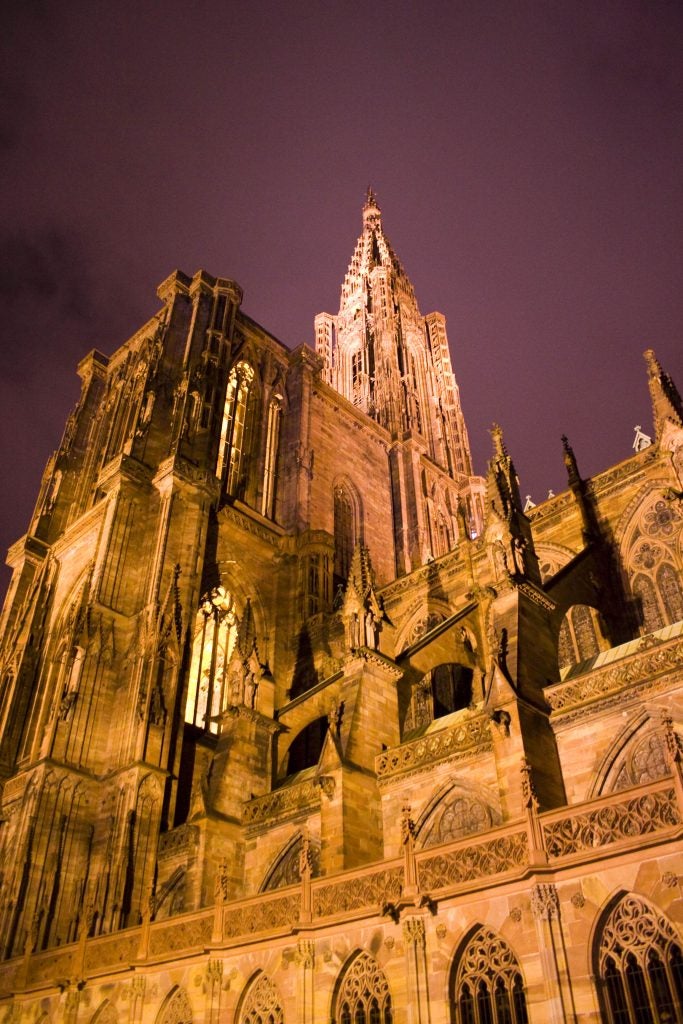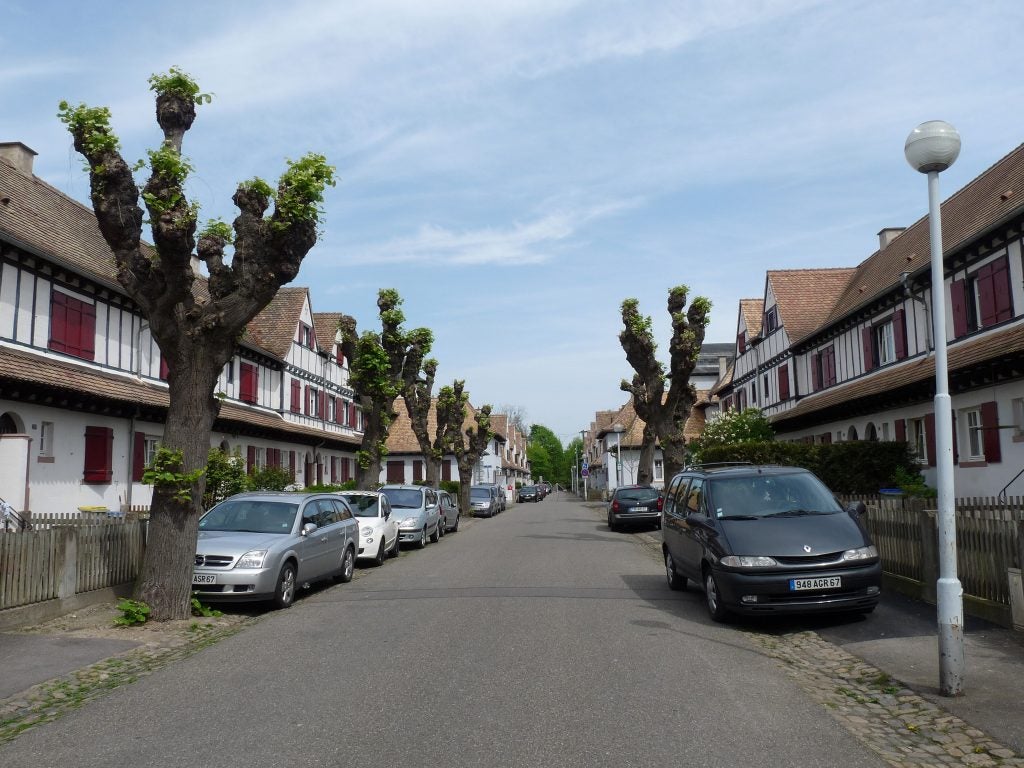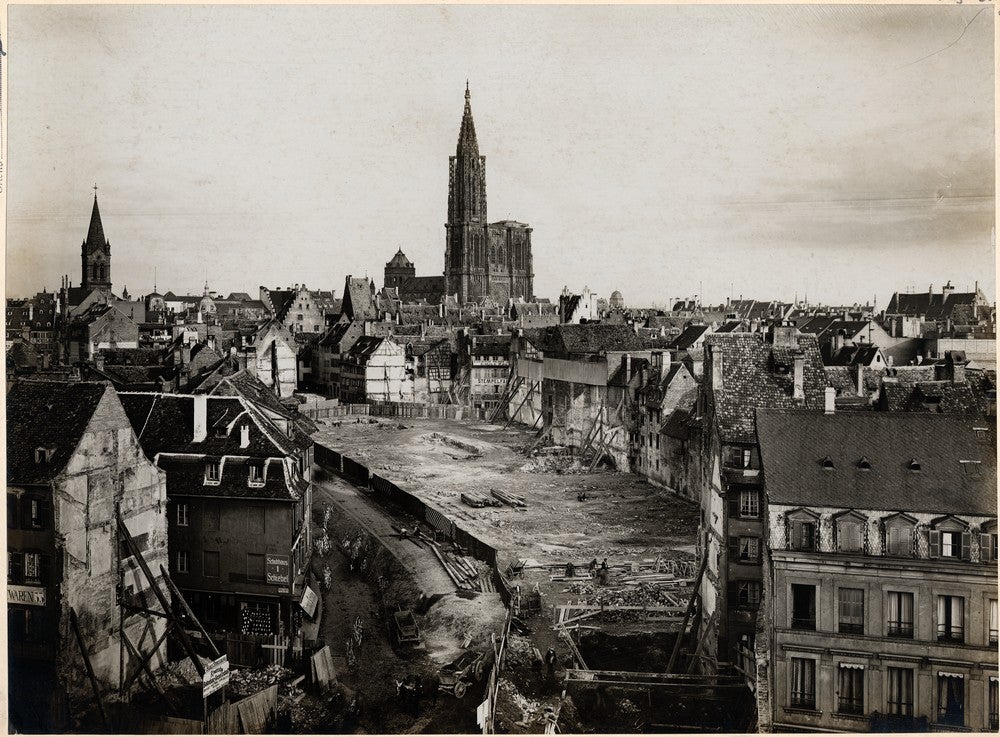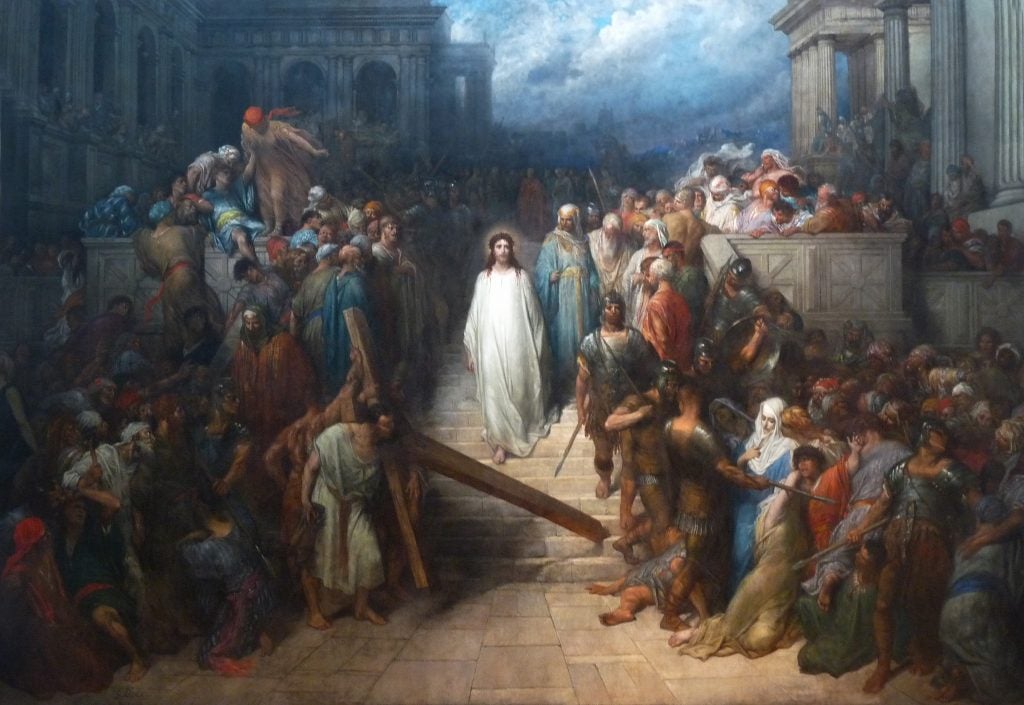Soft Stone: Strasbourg Cathedral at a Thousand Years
* Jeremy Allan Hawkins *
This is Strasbourg cathedral’s 1000th year, the first stone in its foundation having been laid in September of 1015 CE, and as the city begins a year of celebrations, it seems appropriate to meditate. Its lengthy tenure has seen world shaking events come and go. The cathedral survived two world wars and even some of the ordinance exploded during them. It survived the French revolution and it survived the Protestant reformation, which in another universe might have scoured its façade of all ornament. These events, and so many more, have swept past like the river sweeps past the city center and its vestiges of long-departed industry. The longevity of the cathedral, with all it has outlasted, feels almost eternal.
Soft Stone: Strasbourg Cathedral at a Thousand Years Read More »
* Jeremy Allan Hawkins *
This is Strasbourg cathedral’s 1000th year, the first stone in its foundation having been laid in September of 1015 CE, and as the city begins a year of celebrations, it seems appropriate to meditate. Its lengthy tenure has seen world shaking events come and go. The cathedral survived two world wars and even some of the ordinance exploded during them. It survived the French revolution and it survived the Protestant reformation, which in another universe might have scoured its façade of all ornament. These events, and so many more, have swept past like the river sweeps past the city center and its vestiges of long-departed industry. The longevity of the cathedral, with all it has outlasted, feels almost eternal.







